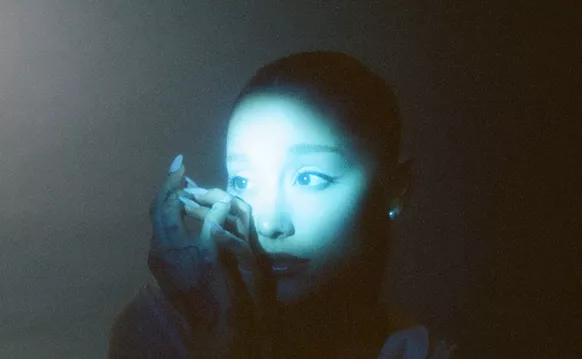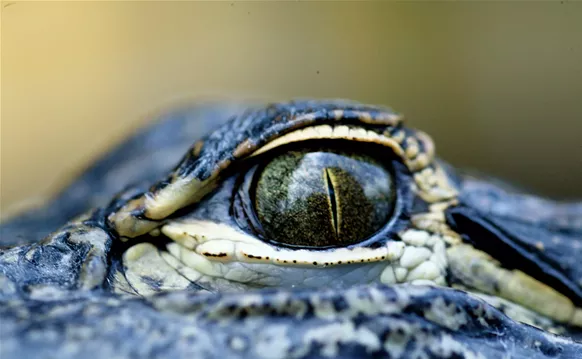But when Vargas and his business manager/wife, Anna Mae, realized the rip-off nature of the artist's 1944 contract with Esquire -- locked in for a decade to produce 52 girlie watercolor portraits each year for a mere $12,000 per annum -- they initiated proceedings to abrogate the agreement. Suits and countersuits ensued, rendering the couple nearly destitute. Out of the blue stepped Hugh Hefner.
A former advertising rep at Esquire, Hefner split from that magazine -- he too left in a huff over money -- in 1953 to launch Playboy, hiring Vargas on a freelance basis three years later, then contracting with the artist in 1960 to contribute a Vargas Girl (the s restored) to each issue. Unlike the Varga Girls, these women, according to Hefner's dictates, would be naked, a demand that at first gave Vargas pause. But he also understood, as he once termed it, "the difference between nudes and lewds." Between 1960 and 1976, he churned out 152 of these generously endowed, come-hither-looking, air-brushed-within-a-pubic-hair-of-their-lives women for Playboy, in the process achieving mythic status for them and the title of "King of the Pinup" for him.
Although successive waves of feminism and political correctness marginalized Vargas in this nation from the late 1970s through the mid-1990s, he remained revered in Europe, where his work appeared in numerous exhibitions and retrospectives, especially after he died in 1982 at age 86. Finally, six years ago, the San Francisco Art Exchange stepped forward to champion Vargas here, displaying his fine-art watercolors of the 1920s, his commercial work for Broadway (principally paintings of Ziegfeld girls) and Hollywood (portraits of stars such as Ava Gardner) in the 1930s, "The Legacy Nudes" (a dozen stylized hosannas to his wife), plus the Varga/Vargas Girls. "From the beginning," gallery co-owner James Hartley told Cigar Aficionado magazine, "we saw Vargas' women as icons and very important to 20th Century art." Ditto the Design Center of the Americas, which features 30 Vargas Playboy originals in its current exhibition "The Voyeur and the Virtuoso."
Vargas never made excuses for the fact that he painted only women. "Show me something more beautiful than a beautiful woman," he once explained, "and then I'll go paint it."









